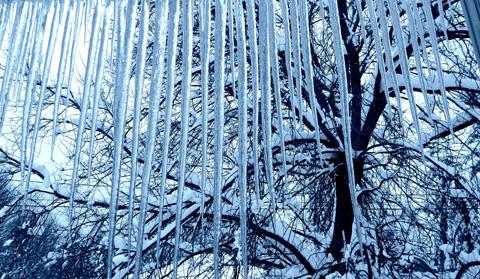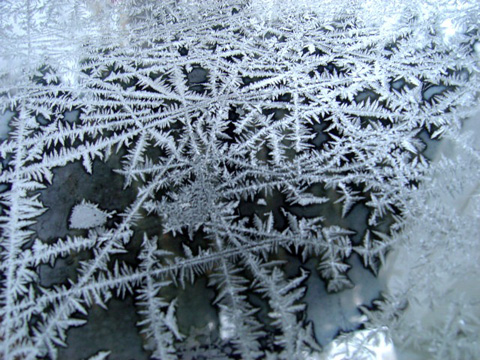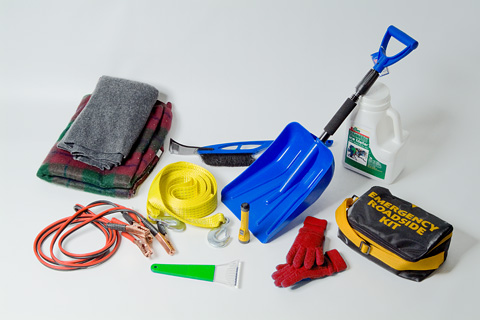
Claudette Gallant, Public Domain Pictures
By Jenna Seiss and Kylie Tomlin, Guest Writers, and Ashley DeVine, Staff Writer
Maryland residents face the possibility of dangerous winter weather each year—from icy conditions to frigid temperatures. You may be familiar with the different types of winter weather alerts issued by the National Weather Service (NWS), but do you know what each alert means?
The Centers for Disease Control and Prevention (CDC) Emergency Preparedness and Response website provides information on the different types of winter weather alerts.
A winter weather advisory is issued when any accumulation of snow, freezing rain, or sleet “could cause severe inconvenience and life-threatening hazards.” When below-freezing temperatures are expected, a frost or freeze warning is issued.
A winter storm watch is issued when a storm is likely, including the possibility of a blizzard, heavy snow, heavy freezing rain, or heavy sleet. The NWS notes that a watch does not mean the winter weather will occur, but that it is possible. However, a winter storm warning means a storm is impending or already occurring, and action should be taken. If you are traveling, you should go home or find shelter until it is safe to travel again, according to NWS.
A blizzard warning is the most severe winter weather alert. If you are traveling, you should find shelter immediately. This warning means you should expect strong winds, of 35 miles per hour or more, near-zero visibility as a result of falling or blowing snow, deep snow drifts, and life-threatening wind chill.
To prepare for winter weather, road crews across the country spread salt on the roads to prevent slick driving conditions. To find out how salt melts ice, check out the following video.
Winter Safety Tips
Before severe winter weather conditions occur, consider the following safety tips, which are adapted from the CDC website and an Environment, Health, and Safety Safetygram:
- Allow extra time for trips and drive with extra caution on slippery or snowy roads
- Check and replace batteries in flashlights, radios, and cell phones
- Put all-weather or snow tires on your car
- Test your antifreeze
- Ensure your car’s wiper blades are in good condition
- Place an emergency kit in your car that includes items such as an ice scraper, snow brush, jumper cables, road salt and sand, blankets, warm winter clothes, a shovel, tire chains, emergency flares, and extra water
- Equip your home with a chemical fire extinguisher, smoke alarms with current batteries, and a carbon monoxide detector
- Stock up on bottled water, no-cook food, and any necessary medications
- Have a first aid kit in your home
 Additionally, if you expect to lose power during a winter storm, make sure you have a backup source for heating, such firewood for a fireplace, portable space heaters, and extra blankets, sleeping bags, and warm winter clothes.
Additionally, if you expect to lose power during a winter storm, make sure you have a backup source for heating, such firewood for a fireplace, portable space heaters, and extra blankets, sleeping bags, and warm winter clothes.
Understanding the possible dangers of, and knowing how to prepare for, winter weather are the best ways to stay safe during the season.
For more information about winter weather alerts or for additional winter safety tips, visit the following websites:
- Centers for Disease Control and Prevention Emergency Preparedness and Response
- NCI at Frederick Safe Winter Driving Safetygram
- The National Weather Service Winter Storm Safety
Jenna Seiss and Kylie Tomlin are Werner H. Kirsten student interns in Occupational Health Services.
Photo caption: A winter emergency kit for your car should include items such as blankets, jumper cables, an ice scraper, a snow brush, a flashlight, road salt, and a shovel. File photo.

